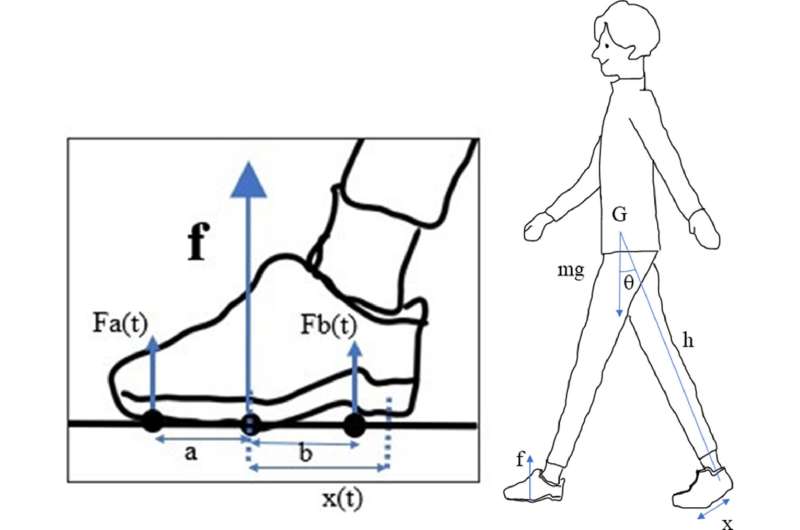
A new way of modeling the forces on the ankle, which could improve ankle, foot and knee care in medicine, occupational health, sports and everyday life has been developed by researchers in Japan. Hajime Shiraishi at Kurume Institute of Technology and Haruhiro Shiraishi at the University of Tokyo describe their method in an article in the open access journal Forces in Mechanics.
Some complex methods already exist to model the forces on the body to assist in medical rehabilitation and developing prosthetic devices and footwear. The authors of this article sought to address the limitations of these methods and reduce their complexity when applied to the ankle by focusing on the mechanical forces in the lower leg.
In addition to its relative simplicity, this approach has significant advantages in terms of versatility. It can be applied to a variety of body types across different ethnic groups and in either sex by adjusting key numerical variables.
The method begins by calculating a physical feature known as the “moment of inertia” around the ankle and determining the center of gravity on the sole of the foot. The resulting force on the center of gravity improves understanding of the behavior of the lower leg from the knee, through the ankle and into the foot.
The authors took inspiration from the movements used in Japanese Kobudo—traditional and ancient forms of martial arts—designed to minimize wasted effort in movements.
One key insight revealed by the study is that a critical factor affecting the burden on the ankle is not so much its ability to generate force but rather how quickly force is generated and how quickly shocks can be absorbed. Timing is critical.
The researchers expect the most immediate applications are likely to be in guiding the development of more effective wearable devices for supporting the knee and ankle, either after injury or to prevent injury.
Springer

